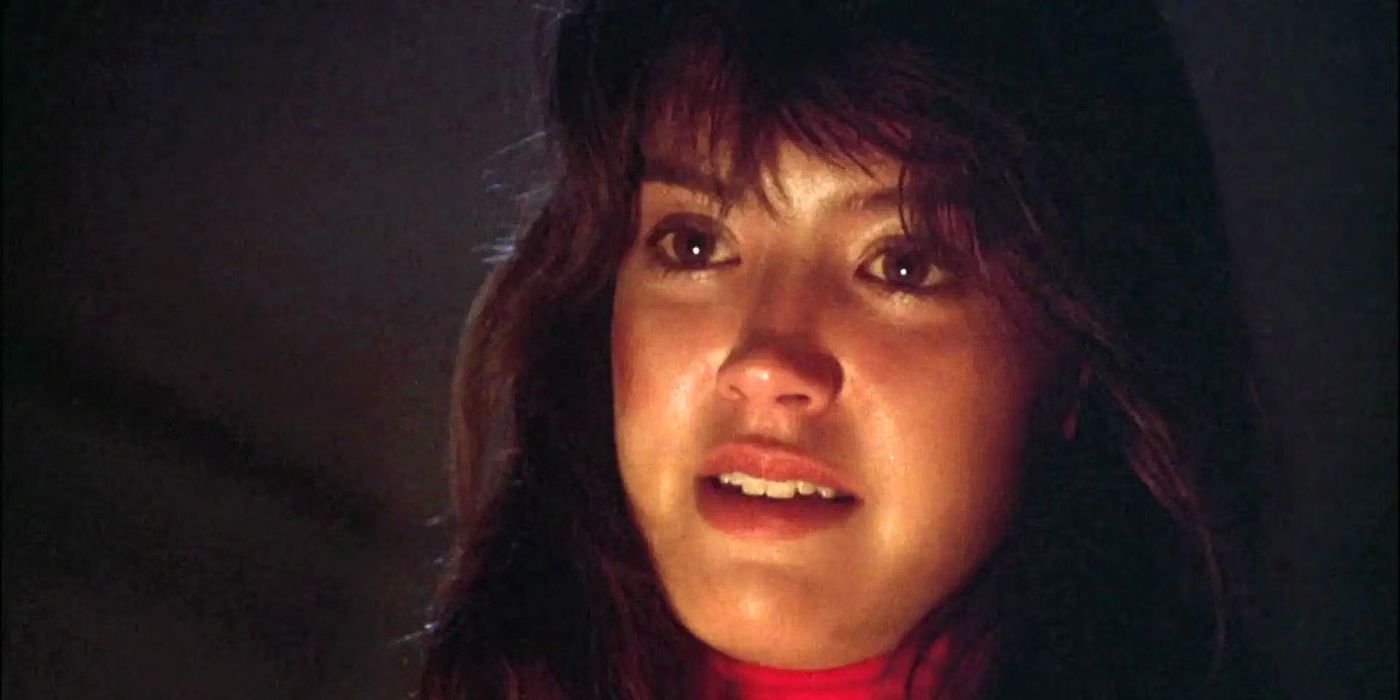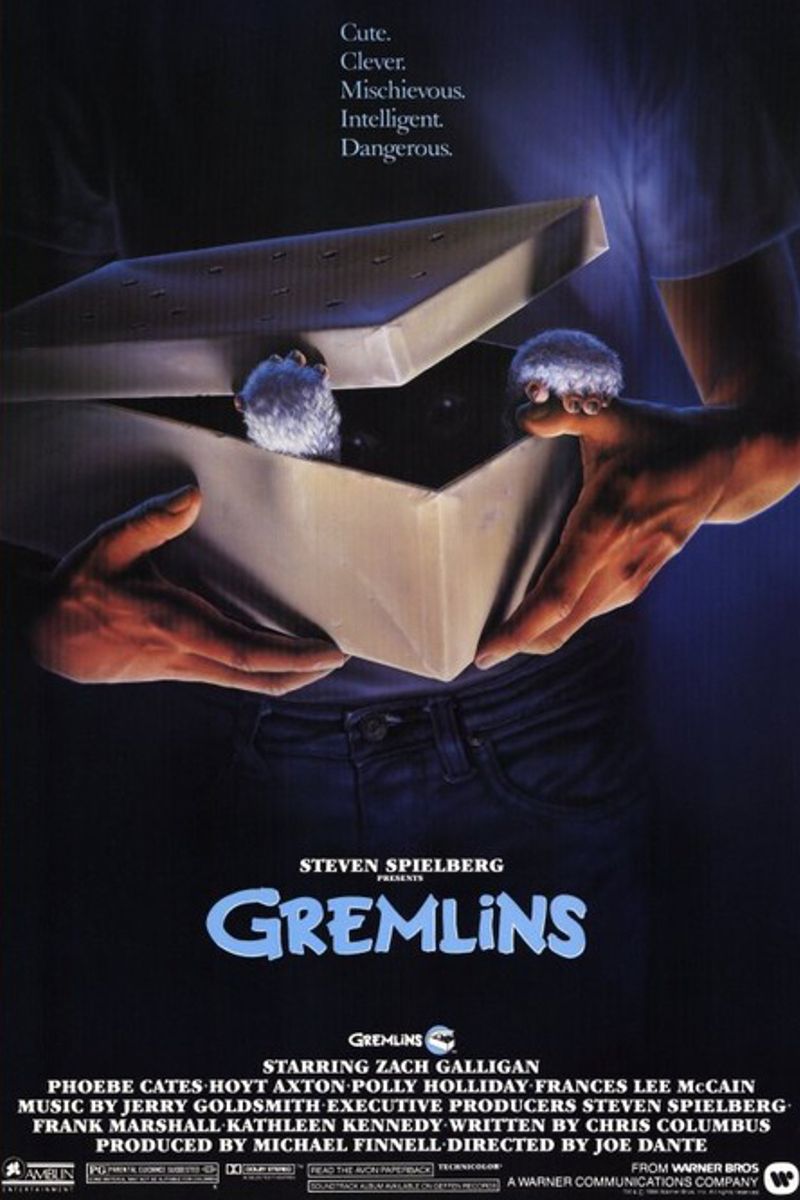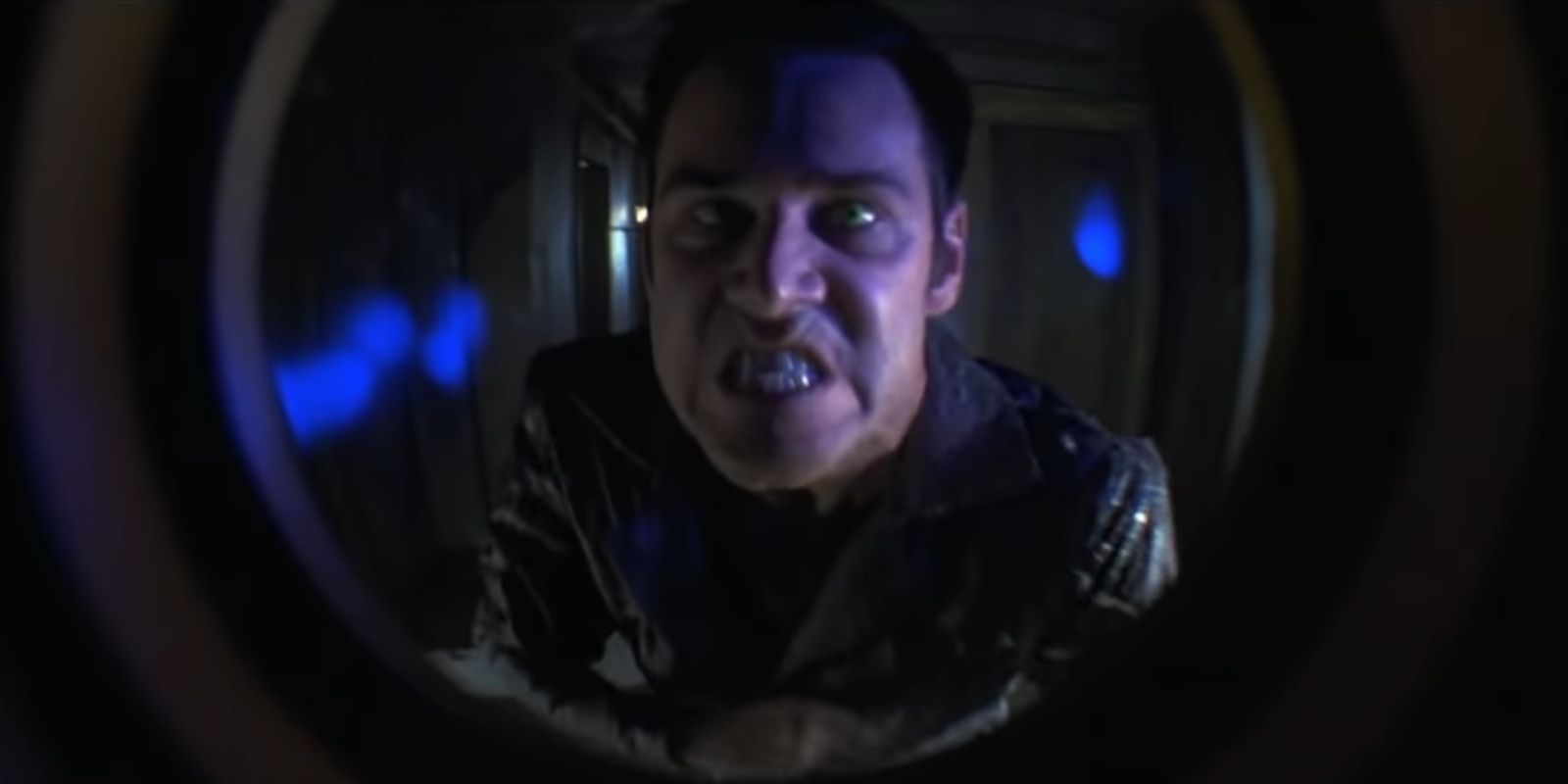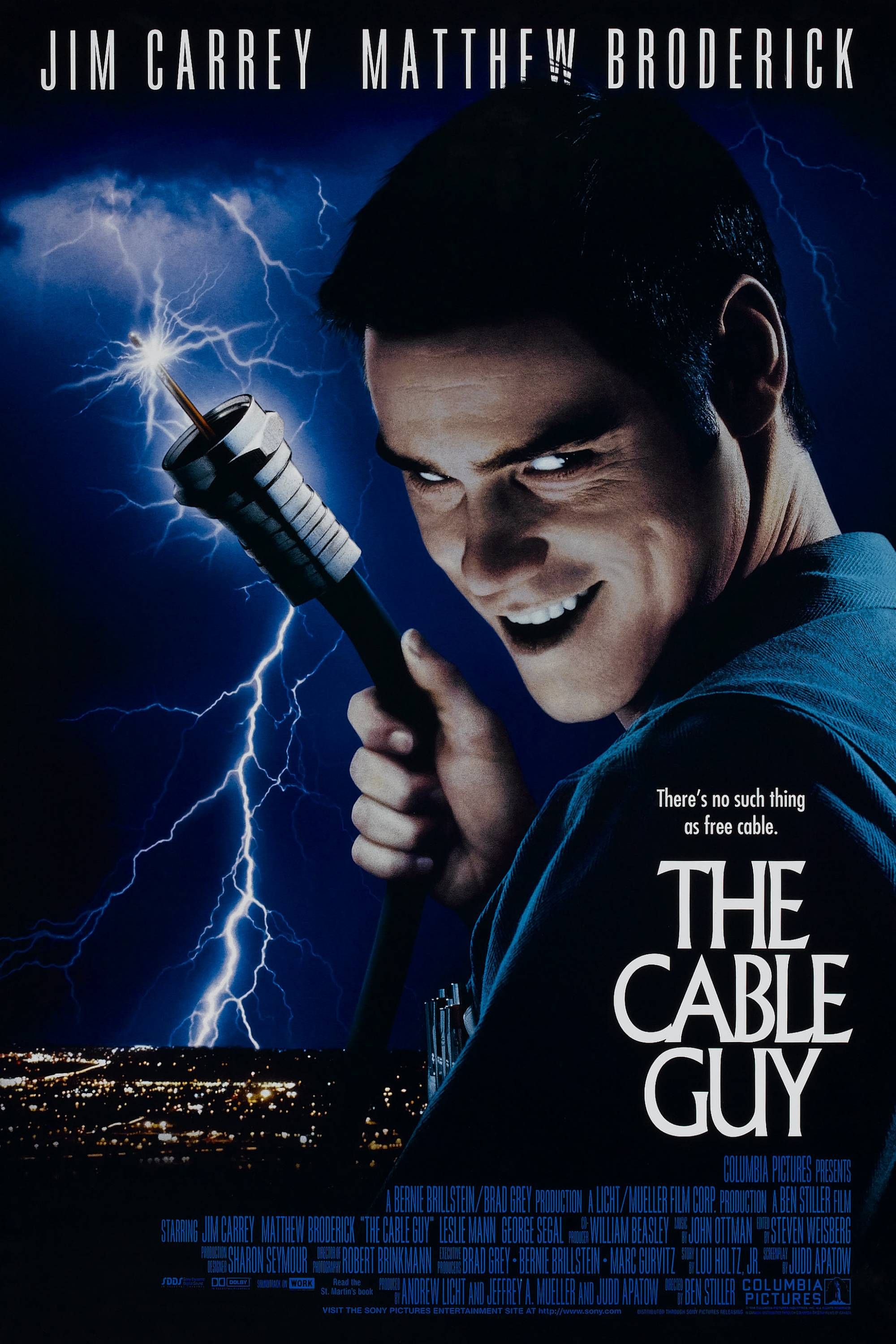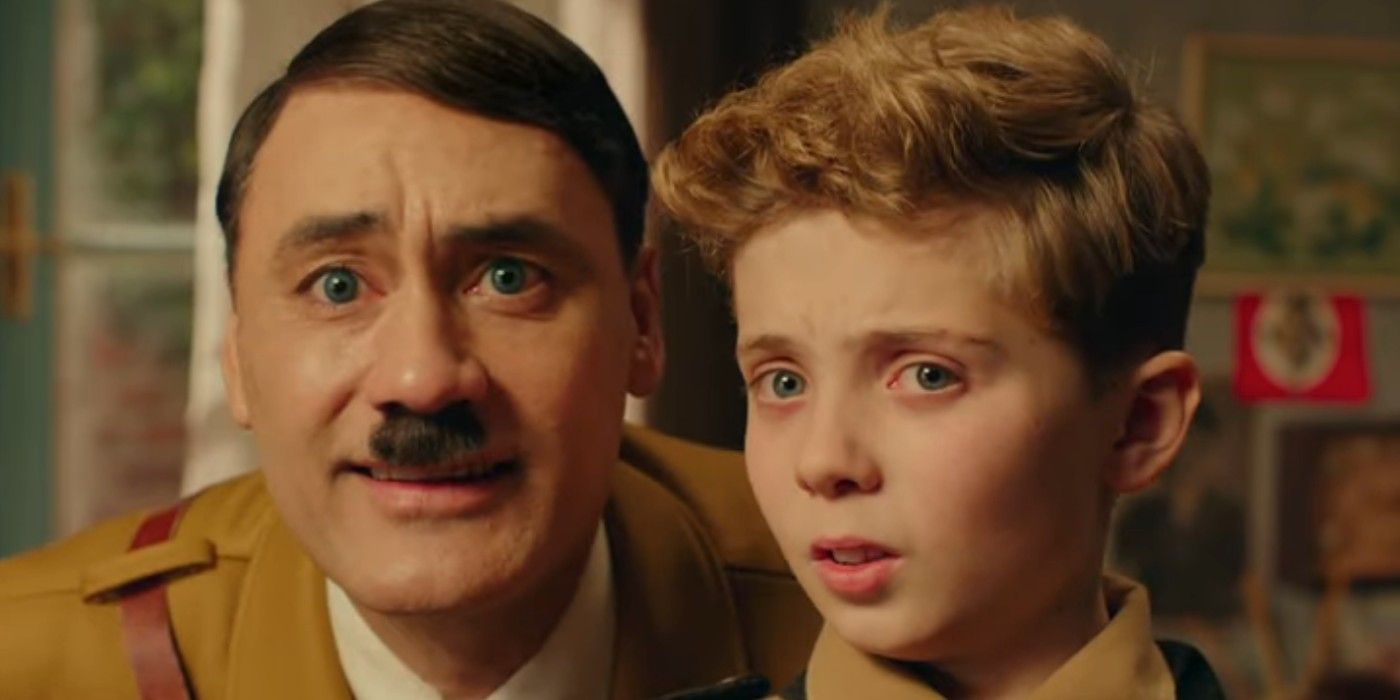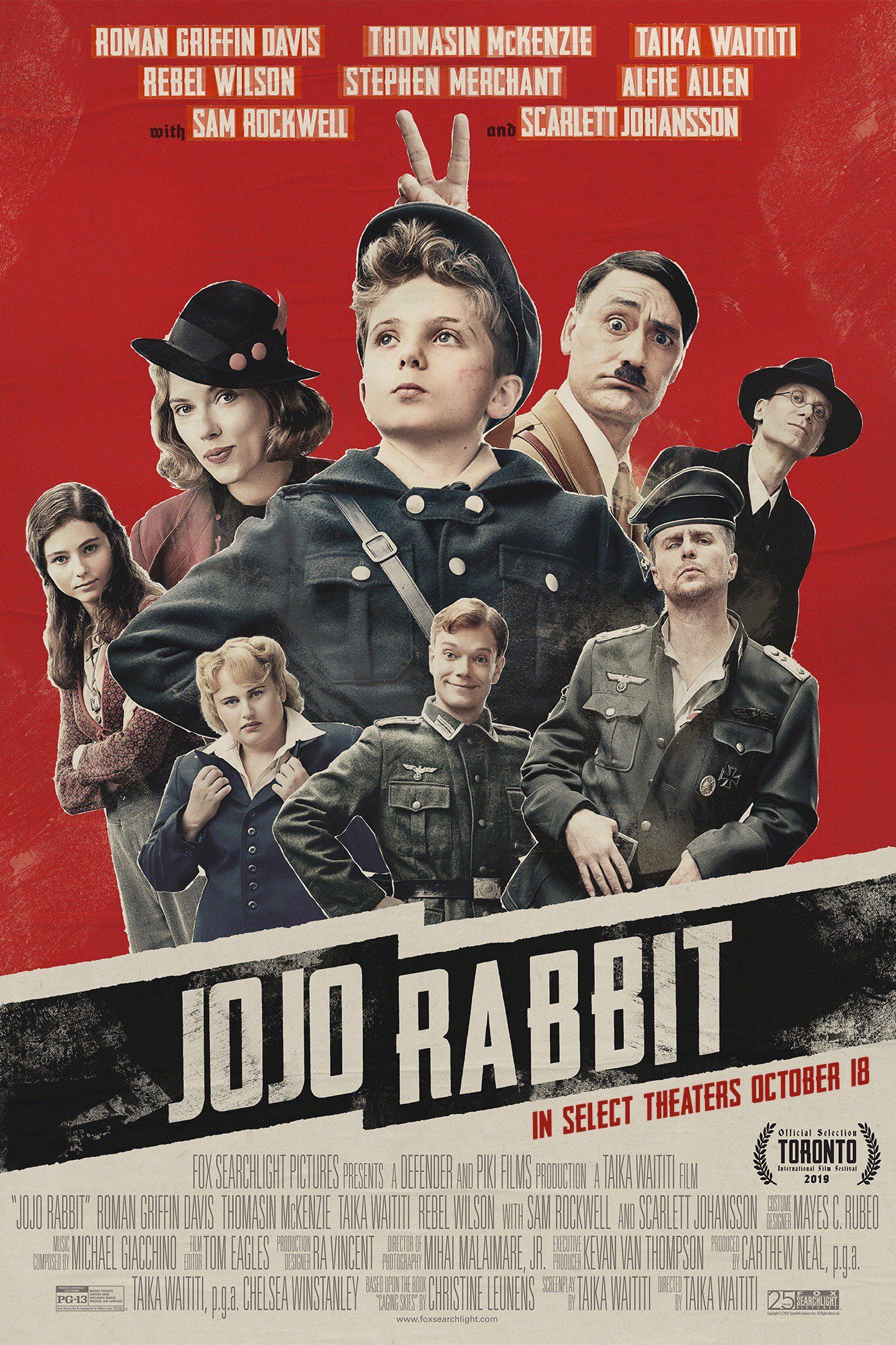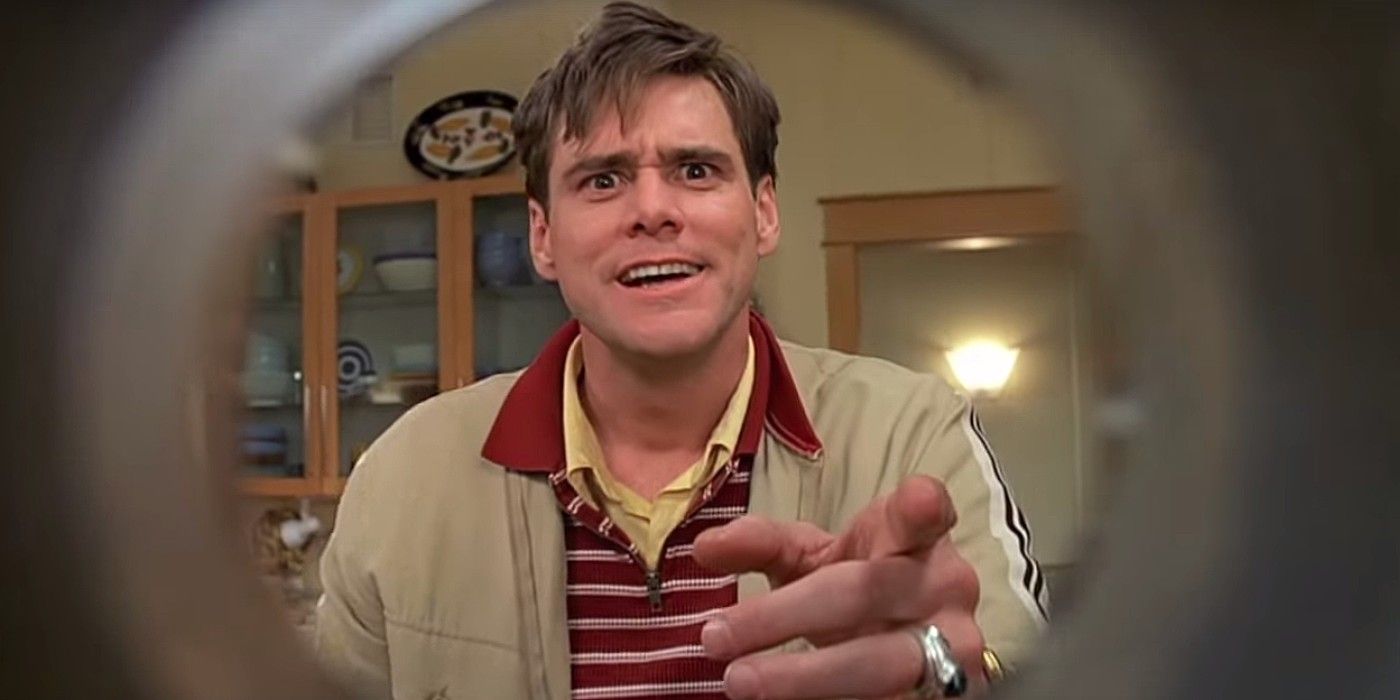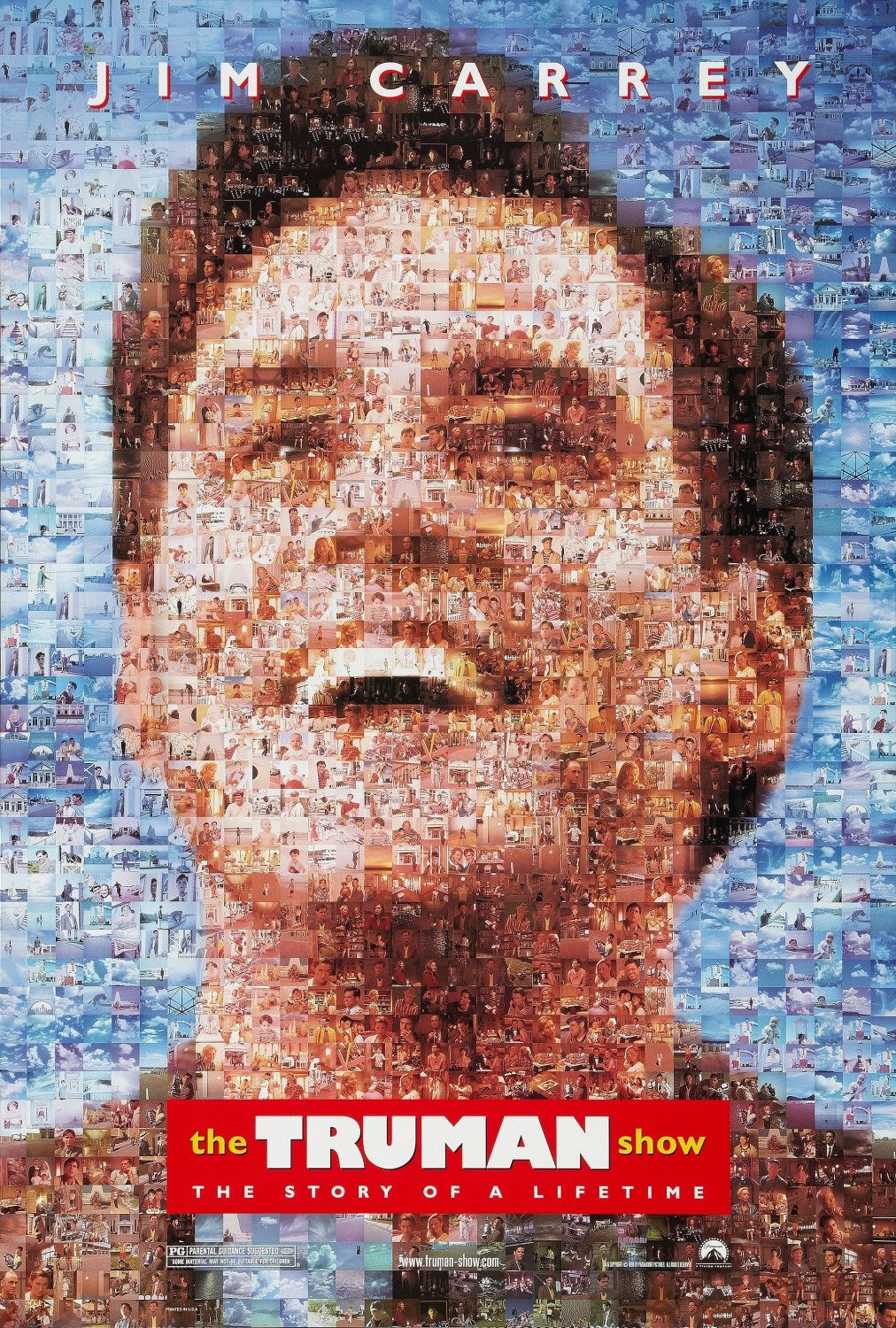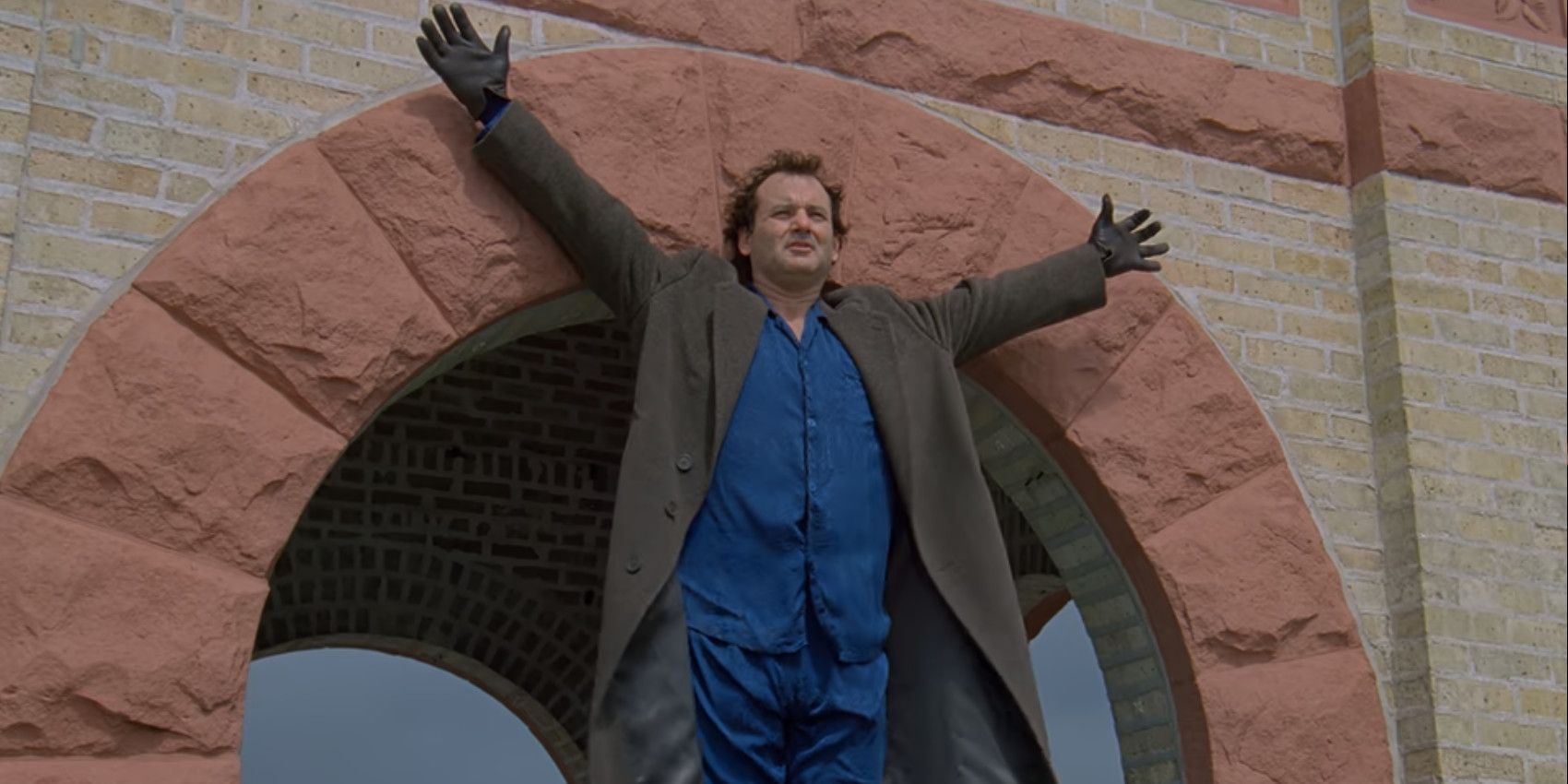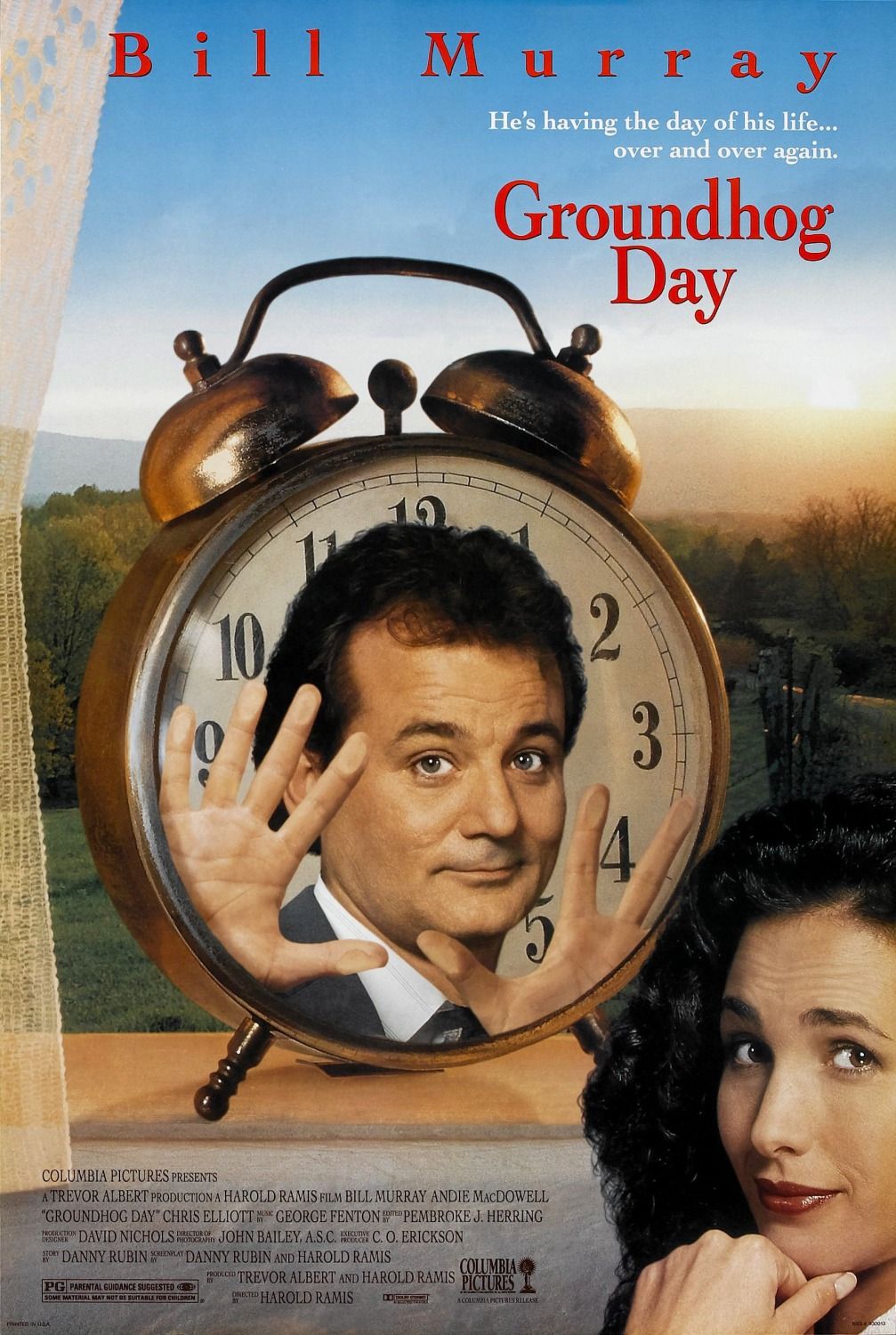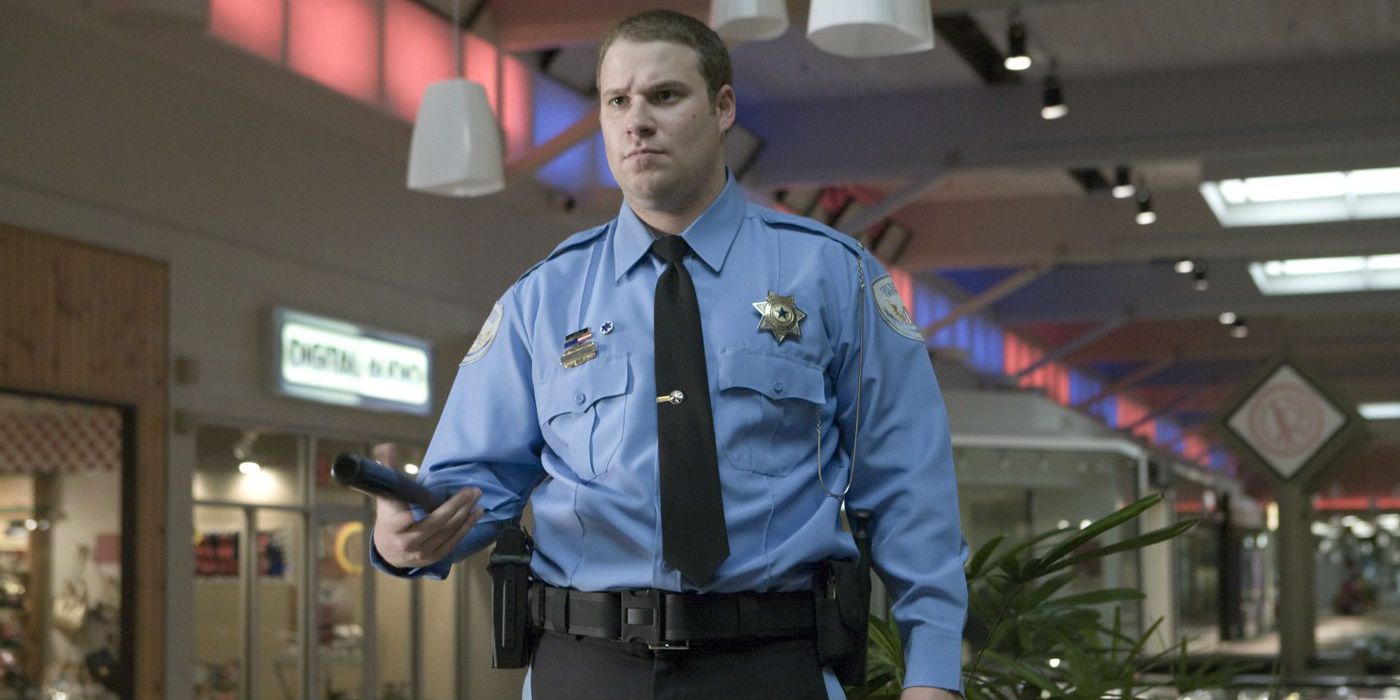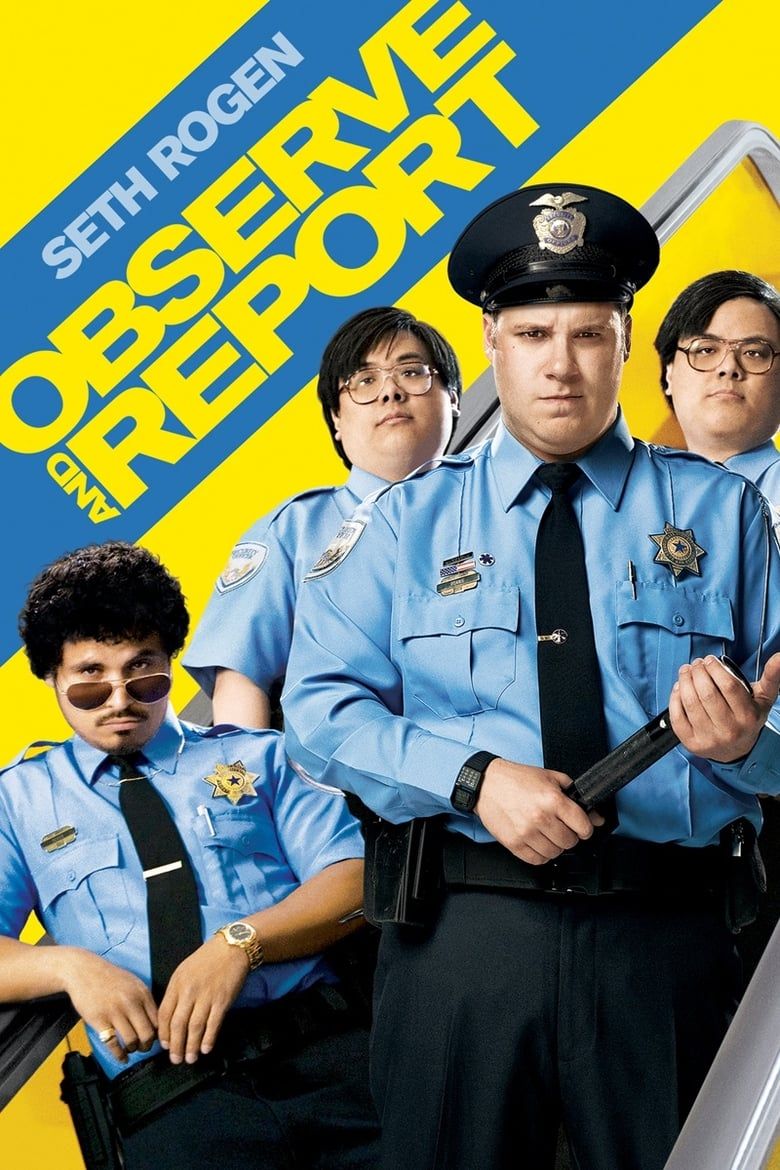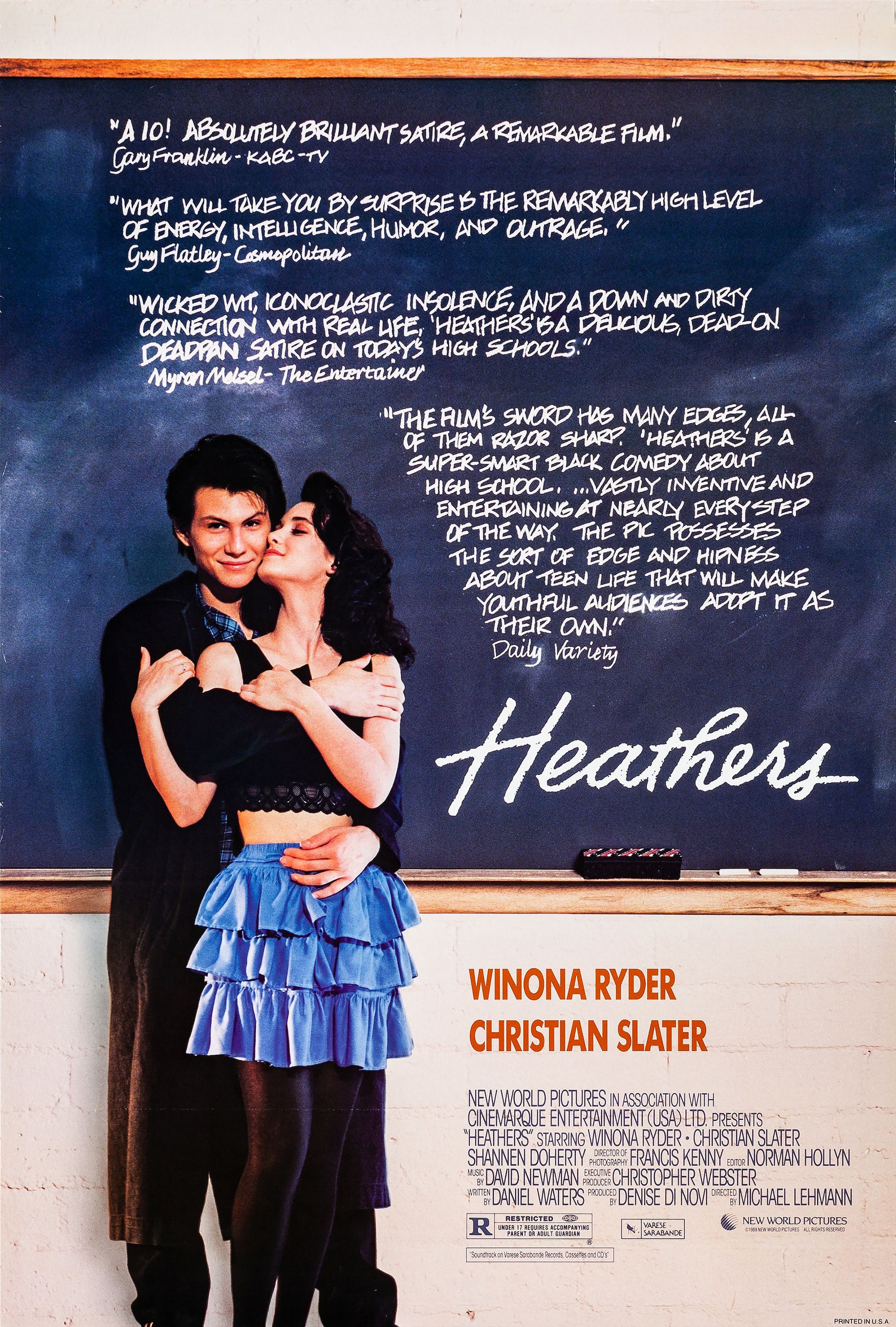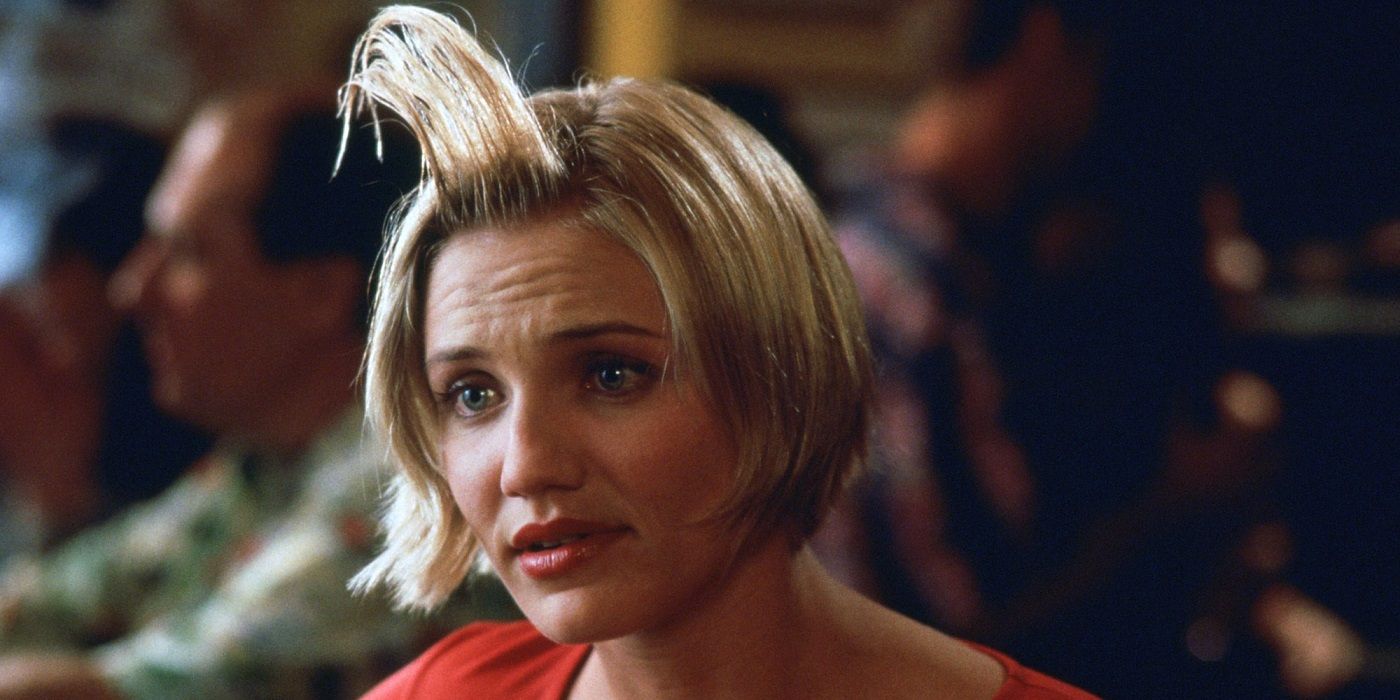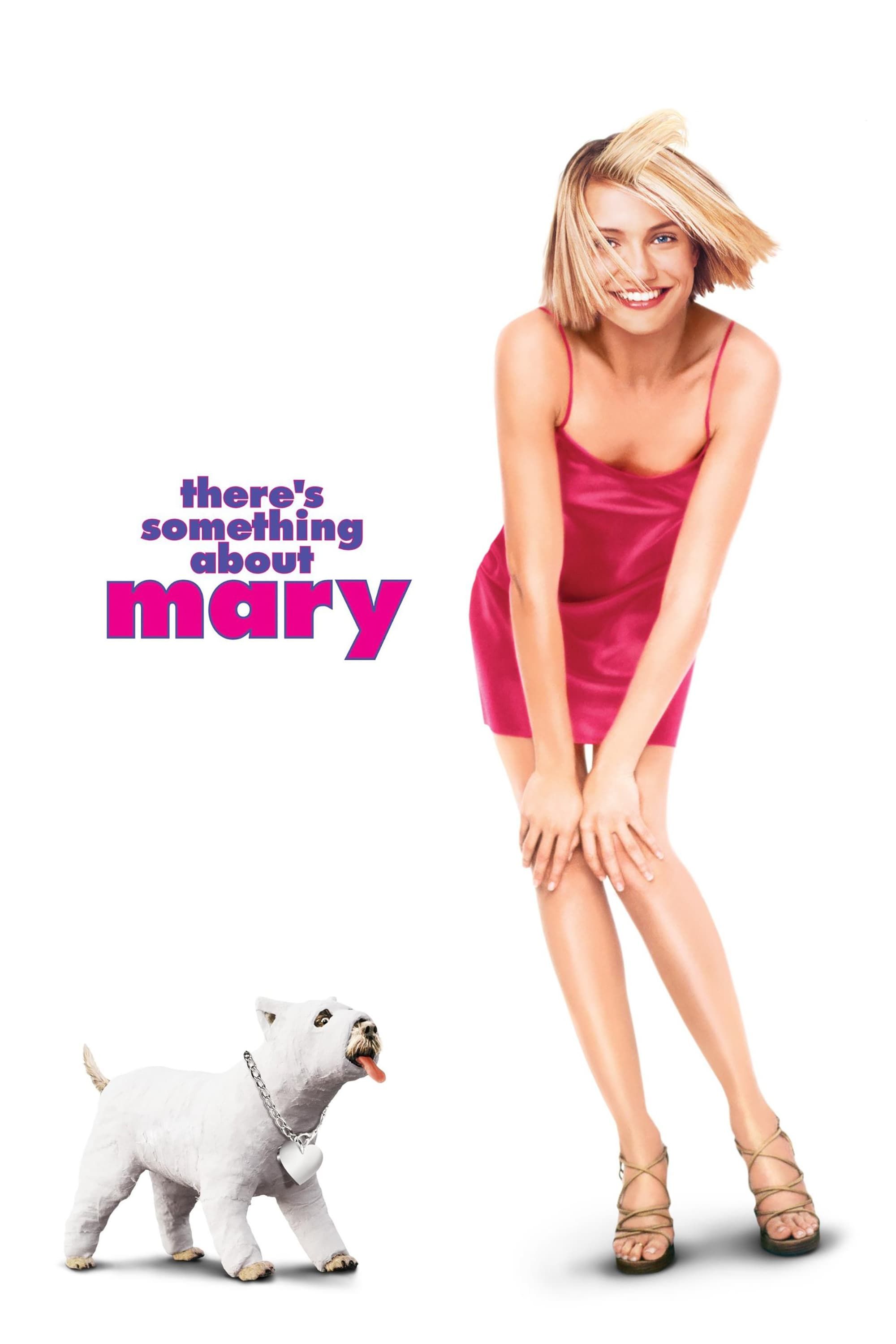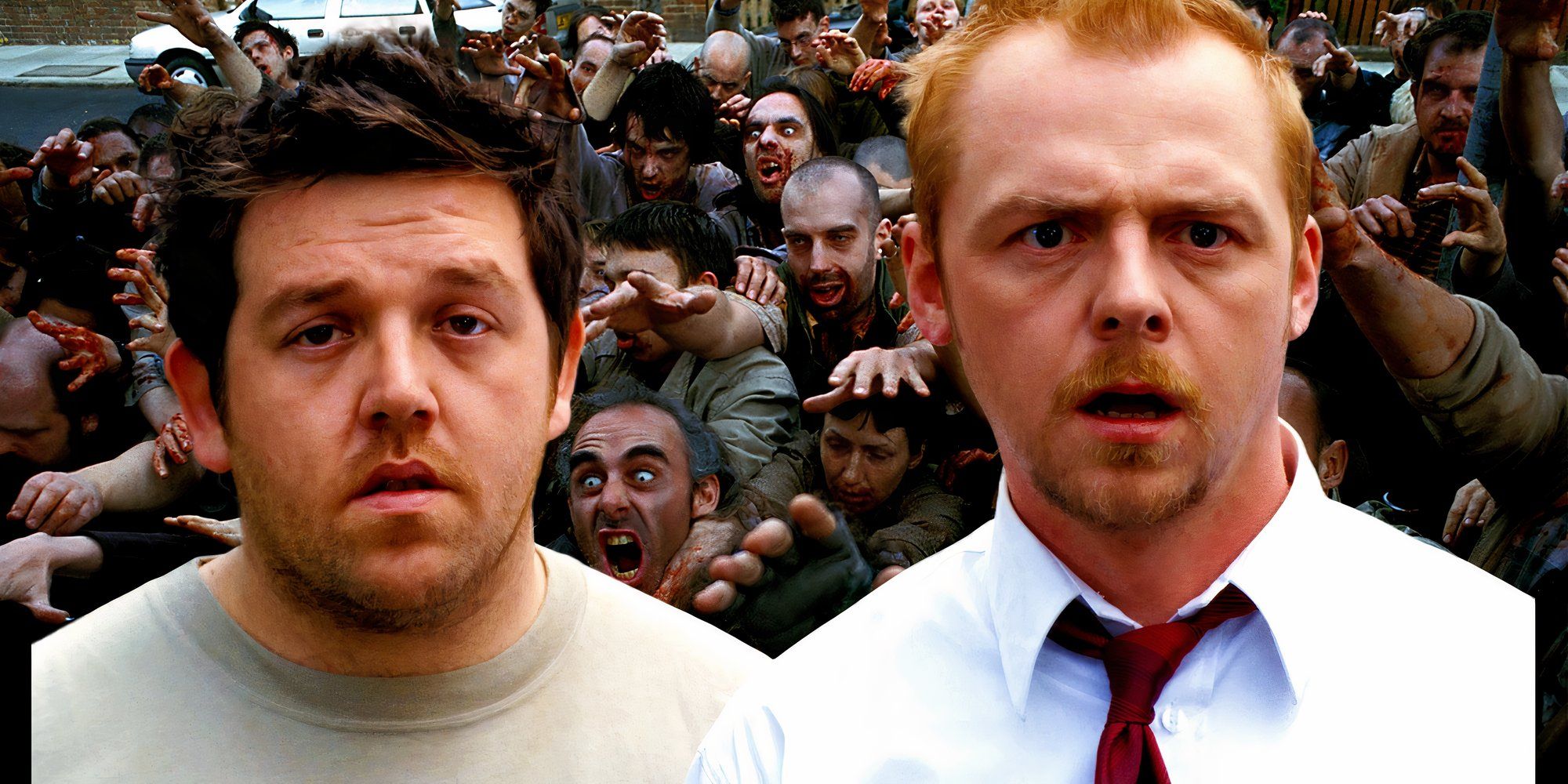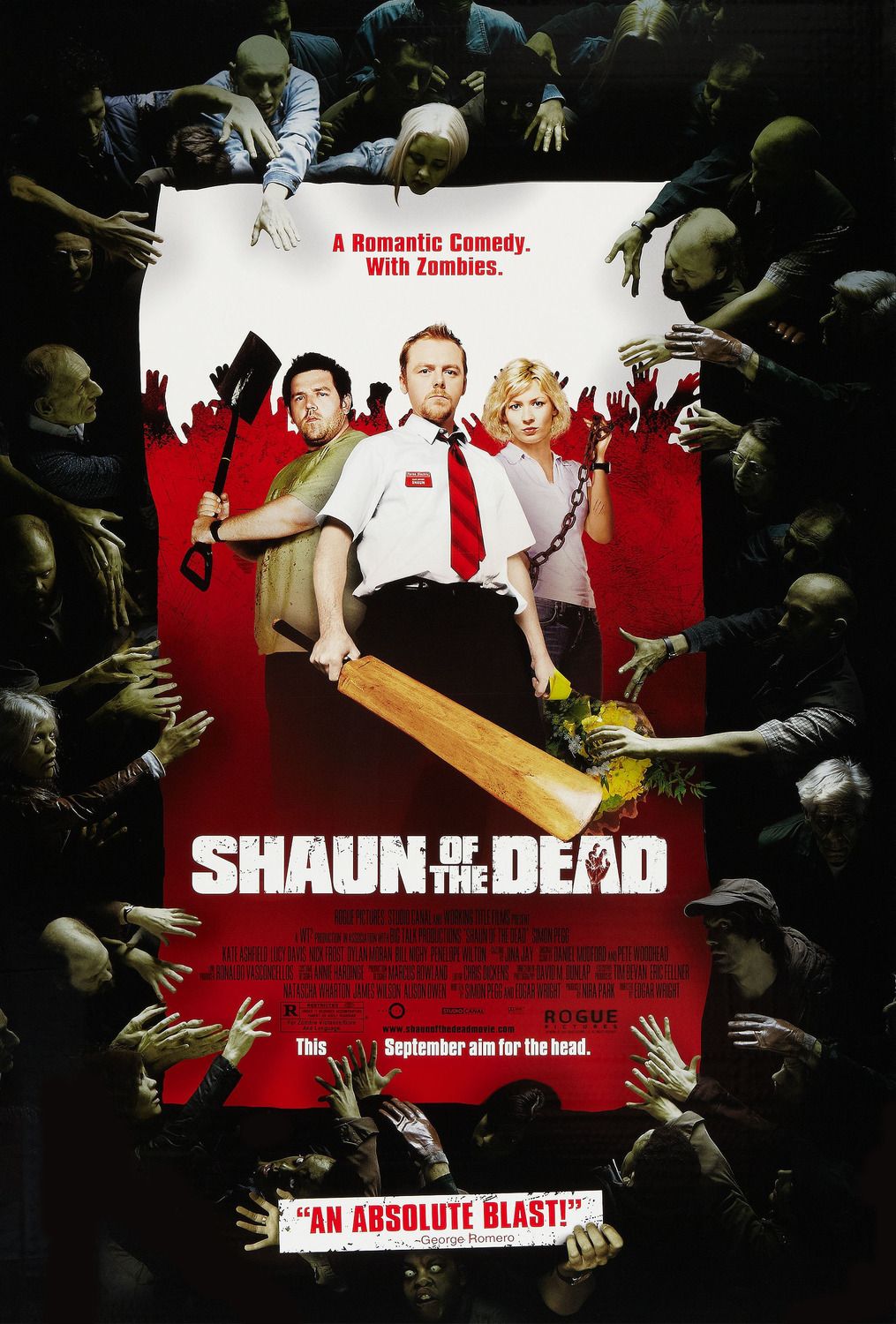While viewers come to light comedy movies to escape the horrors of the world and enjoy a good laugh, some films cannot help but unexpectedly go to dark places. Whether it’s a kids’ comedy that suddenly introduces a shockingly bleak piece of information or laugh-out-loud movies that turn increasingly sinister as the runtime progresses, comedy movies can sometimes be surprisingly disarming. While a certain amount of darkness has its place in every genre, the results can be unnerving when audiences don’t see it coming.
Some of the best light comedy movies ever have sinister subtexts that make the movie unexpectedly dark. While wacky characters may seem to be laugh-a-minute personalities at first, the existential nightmare that often makes up comedy movie premises can’t help but feel dark as the story builds toward its grand conclusion. Although the point of a good comedy is to make viewers laugh, there’s no light without the dark, and sometimes, it’s important to balance the two in unexpected ways.
10 Gremlins (1984)
Kate’s father’s accident while dressed as Santa Claus was unexpectedly dark for a PG movie
The horror comedy Gremlins looked on the surface to be a cute and cuddly movie about adorable little creatures. However, this unusual Christmas film was unexpectedly dark and was actually a major factor in the creation of the PG-13 rating (via Hollywood Reporter), which accounted for movies that were not extreme enough to be rated R but too dark to permit young children to watch. While there was plenty of surprising violence in Gremlins, one character’s monologue made the film even darker than anyone could have expected.
This was when Phoebe Cates’ character Kate Beringer told the story of how her father went missing on Christmas Eve and was found dead days later in their fireplace dressed as Santa Claus. Kate told this shocking story as eerie music played in the background, and she described the post-traumatic stress she endured as her father slipped and broke his neck trying to surprise her family for Christmas.
9 The Cable Guy (1996)
Jim Carrey’s character goes from eccentrically weird to downright unhinged
The Cable Guy was one of Jim Carrey’s defining movies, as it signaled his move from over-the-top mainstream comedic roles into stranger, more psychologically intriguing characters. The mid-point between these two styles was The Cable Guy, a comedy that must have come as quite a shock to those who were expecting more Ace Ventura or Dumb and Dumber-style antics. While Carrey’s character of Chip Douglas came across as yet another wacky personality to add to the comedian’s hilarious resume, things just progressively got darker as The Cable Guy continued.
With Matthew Broderick as the everyman Steven, The Cable Guy had a simple premise about a strange cable installer who tries to befriend his customer after giving him the movie channels for free. While Chip was pretty unusual, it all felt harmless enough until he revealed himself to be utterly obsessive and a deranged stalker to the point that Steven was fearful for his life. By the end of The Cable Guy, the movie was less a mainstream comedy and closer to an out-and-out horror film about the shocking consequences of rejecting a deranged man’s plea for friendship.
8 Click (2006)
Michael Newman’s universal remote control started as lighthearted fun but soon fast-forwarded him through life
More so than almost any other comedian, audiences feel they know what they’ll get with an Adam Sandler comedy movie, although every couple of years, he accepts a role that truly surprises viewers. While movies like Punch-Drunk Love or Uncut Gems were clear showcases of Sandler’s dramatic talent, Click at first appeared like it would play out with the same kind of wacky, over-the-top energy as Happy Gilmore or The Wedding Singer. However, this lighthearted story about a man controlling his life with a universal remote soon turned incredibly dark.
As the story of a workaholic family man named Michael Newman (Sandler) who happily accepted the opportunity to skip the boring parts of life with the click of a button, Click saw him fast-forwarding through life’s minor inconveniences. But this story took a sharp turn when Michael went into autopilot, and the remote started to learn his preferences. Before too long, Michael had fast-forwarded through years of life, ruined his marriage, and was forced to reckon with the dark realization that life is about the little things, and once you miss them, they’re gone forever.
7 Jojo Rabbit (2019)
This lighthearted WWII satire takes a dark turn that shines a light on the horrors of the Holocaust
While the premise of Jojo Rabbit does not sound very lighthearted on paper, the way writer and director Taika Waititi set up this World War II satire meant it had a carefree style in the beginning. Following the story of a ten-year-old Hitler Youth member named Jojo who idolizes Hitler to the point that he’s made him his imaginary friend, it’s clear this child lacks the political awareness to understand the truly horrid realities of fascism. With plenty of laugh-out-loud moments, as Waititi portrayed a buffoonish version of Hitler, Jojo Rabbit managed to mask its serious side through comedy.
However, this initial comedy was simply an effective way of disarming the audience, as Jojo Rabbit soon turned dark when it was revealed Jojo’s mother (Scarlett Johansson) was hiding a Jewish girl (Thomasin McKenzie) in their attic to protect her from the horrors of the Holocaust. While Jojo had fallen victim to groupthink and radicalization, the dark reality of the society he was living in set in, and Jojo realized the Nazi regime’s inhumanity. Jojo Rabbit had a profound point to make about thinking for oneself, and the way it blended comedy and drama made it all the more effective.
6 The Truman Show (1998)
Truman’s life circumstances were funny at first, but the dark reality soon set in
The psychological comedy The Truman Show was so effective that it has a delusion named after it, where real people believe their lives are a staged reality show (via Psych Central.) While this was rarely the case, except in genuine secret TV shows like The Joe Schmo Show or Jury Duty, in The Truman Show, the life of Truman Burbank (Jim Carrey) was an elaborately constructed lie, where everyone in his life was paid actors taking part in a long-running, 24-hour-a-day, seven-days-a-week reality TV show.
This unique concept was hilarious at first as audiences saw how Truman lived his life, oblivious to the fact that he was being observed by millions of viewers worldwide. However, this comedy took a dark turn when Truman started to question the truth of existence and, despite trying to break free from the prison he had been placed in, was continually stopped by the all-seeing TV producer known as Christof (Ed Harris.) The Truman Show started as a comedy, but by the end, it was a tense thriller as Truman nearly died at sea trying to discover the truth.
5 Groundhog Day (1993)
Phil Connors’ hilarious time loop eventually grew into an existential nightmare
Groundhog Day was such an iconic movie that the name of the film itself has become shorthand for monotonous or repetitive life situations. As one of Bill Murray’s greatest movies, his comedic charisma and onscreen charm were enough to distract audiences from how relentlessly dark the story is and how truly terrifying the circumstances that the weatherman Phil Connors found himself in were. As a film about a man forced to live the same day on repeat with no end in sight, Groundhog Day was very funny but also incredibly dark.
While it was hilarious to watch how Phil learned how to bend the repeated daily life of Punxsutawney, Pennsylvania, to his own advantage, as time continued to pass, he soon started to feel there was no way out. Groundhog Day took a truly dark turn as the existential nightmare of Phil’s time loop existence became too much to bear, and he tried to take his own life. When, even after a suicide attempt, Phil still awoke to the sound of his alarm clock playing “I Got You Babe,” it was clear that not even death would free him.
4 Observe and Report (2009)
The lighthearted antics of a mall cop turn dark as mental health issues bubble to the surface
While many comparisons can be made between the Kevin James movie Paul Blart: Mall Cop and the Seth Rogen release Observe and Report, for all their similarities, they did have one striking difference. That was that Observe and Report turned incredibly dark and, rather than tell a lighthearted story about a lowly mall cop, leaned into its character’s severe mental instability in a truly shocking turn of events. With Rogen as the wannabe cop turned mall security officer Ronnie Barnhardt, this initially lighthearted comedy got progressively darker throughout its runtime.
Rather than play by the rules and call a real police officer, in a dark turn, Barnhardt decided to go full vigilante in Observe and Report. With delusions of grandeur, audiences watched in total shock as Barnhardt violently attacked those he deemed to have broken the rules and was even seen actively partaking in recreational drug use. Observe and Report went into much darker territory than its initial premise suggested and featured plenty of laugh-out-loud moments of pure excess throughout.
3 Heathers (1988)
What could have been a lighthearted high school comedy turned into a dark satire
From the John Hughes stylings of The Breakfast Club to the cult classic appeal of Fast Times at Ridgemont High, the 1980s were a great time for high school comedies. One of the best of this era was Heathers, the story of three girls with the same name who rule the school as a popular but feared clique. While Heathers had all the tenets of a classic lighthearted high school comedy in the beginning, this dark satire soon showcased its cynical worldview as it tackled themes of alienated youth and the horrors of high school.
As one of the greatest coming-of-age stories ever told on film, part of the appeal of Heathers was its willingness to turn dark as it addressed bullying, suicide, and homophobia. The clever satirical tone of Heathers got more extreme with the arrival of J.D. (Christian Slater), whose fascination with death sowed the seeds for the staged suicide pacts of its story. As a comedy that almost bordered on a horror movie, Heathers took an expectedly dark turn in its narrative.
2 There’s Something About Mary (1998)
Tucker’s lies to Mary were truly manipulative
While There’s Something About Mary is best remembered today for the gross but hilarious moments like the hair gel scene, this lighthearted comedy about a woman who every man seems to fall in love with had its dark side. With an ensemble cast of men all vying for the attention of Mary (Cameron Diaz), some of these male suitors were more honest than others in their attempt to win her heart. One truly manipulative character who turned a lighthearted comedy surprisingly dark was Tucker (Lee Evans.)
As a lowly pizza delivery man, Tucker became obsessed with Mary when he delivered her food one night and soon came up with a cunning plan to infiltrate her life. This stalkerish behavior felt more like something out of a thriller than a comedy, as Tucker pretended to be disabled so that Mary would pay attention to him. While Tucker’s deceitful behavior was eventually discovered, the way he used the genuine hardships of those with disabilities to gain sympathy and bad-talk the other men in her life was truly sinister.
1 Shaun of the Dead (2004)
What started as a horror parody soon started to offer genuine frights
Shaun of the Dead was perhaps the definitive comedy horror movie as it paid homage to George A. Romero’s Night of the Living Dead franchise with real reverence and a love for the cinematic history of zombies. With Simon Pegg as the titular Shaun on a mission to make it to the pub in the midst of a zombie outbreak, this lighthearted comedy was the beginning of the acclaimed Three Flavours Cornetto trilogy from director Edgar Wright. With a unique sense of humor and some serious style, Shaun of the Dead poked light fun at the ridiculousness of zombies in its earliest scenes.
However, as Shaun of the Dead progressed, it leaned increasingly into the true horror of zombies as the full extent of its societal breakdown was on full display. With a high-stakes narrative and fully developed characters whose lives were in genuine jeopardy, Shaun of the Dead went much further than the average parody movie in depicting the horror of its premise. With a real depth that embodied current anxieties in the wake of 9/11, Shaun of the Dead reflected the society out of which it was produced and was far more thought-provoking than it initially appeared.
Source: Psych Central

